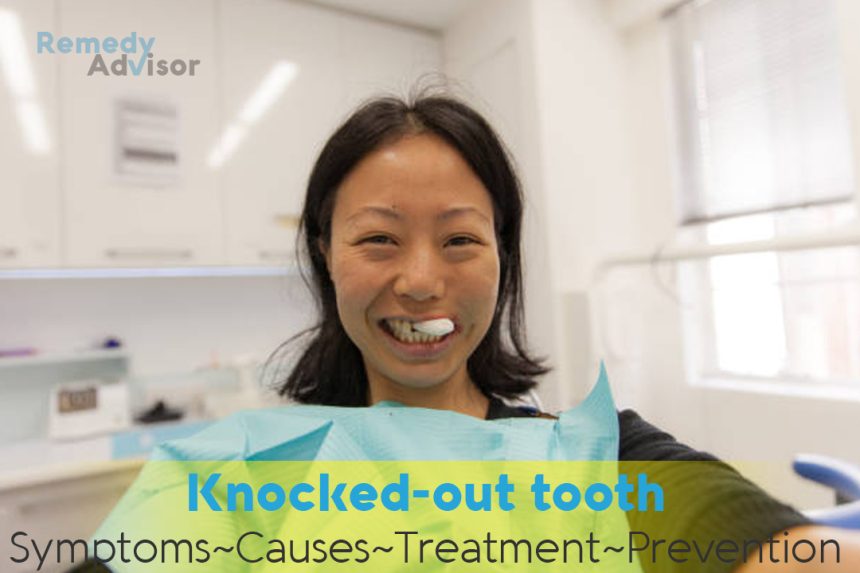What is it
It’s not uncommon for a tooth to be knocked out because of an accident, fight, sports injury, or rough play. Experts believe that it happens to as many as three million Americans annually.
Symptoms
- Tooth, or teeth, dislodged or loosened from the gum.
What causes it
A hard blow to the tooth is enough to dislodge it or shear it off.
What if you do nothing
Failing to take immediate action can result in the loss of the tooth.
Treatment
If dealt with promptly and calmly, a dislodged permanent tooth can be successfully reattached and retained for life. (Baby teeth, however, can rarely be saved, and replanting them may damage the underlying tooth bud. Contact your dentist for advice.)
If you or a child of yours knocks out a tooth, pick it up, rinse it off if you can, replace it in the socket if possible, call your dentist, and get to his or her office as soon as you can. Research shows that you have a 50 percent chance of a successful replantation if you get to the dentist within 30 minutes.
Accomplishing this may not sound difficult, but don’t underestimate the trauma of the situation: blood and confusion may delay you. Try to remain calm and rational saving a tooth is definitely worth the effort. Even if more than 30 minutes elapse, take the tooth to the dentist anyway and let him decide what to do.
In the meantime, follow this step-by-step post-accident procedure.
Rinse the tooth
The primary reason adult teeth cannot be replanted is that the cells on the root have been allowed to dry out. After finding the tooth, rinse it gently in tepid tap water, holding it by the crown (non-root) surface. Don’t scrub the tooth this could injure the surface root tissue needed for successful replantation.
Try to insert the tooth
Call the dentist to inform him of your imminent visit. Unless he tells you not to, gently insert the tooth in the socket. To seat the tooth properly, bite down firmly on a clean handkerchief or piece of cloth for at least five minutes; keep biting down with moderate pressure until you get to the dentist’s office.
Keep the tooth moist
If reinsertion at the scene of the accident isn’t possible, place the tooth, bathed in saliva, under your tongue or inside your cheek until you get to the dentist’s office. K a child is so young that he or she may swallow the tooth, transport it in a plastic cup or bag filled with milk or tap water and a pinch of salt.
Prevention
According to the American Dental Association, wearing a sport mouth guard can prevent a great number of tooth injuries by cushioning the teeth and providing a buffer between teeth and lips. Sports where mouth guards should be worn include soccer, volleyball, basketball, baseball, Softball, in-line skating, skateboarding, martial arts, boxing, hockey, and mountain biking. Local sporting goods stores carry a wide variety of models. You can also talk to your dentist about a custom-made model.







